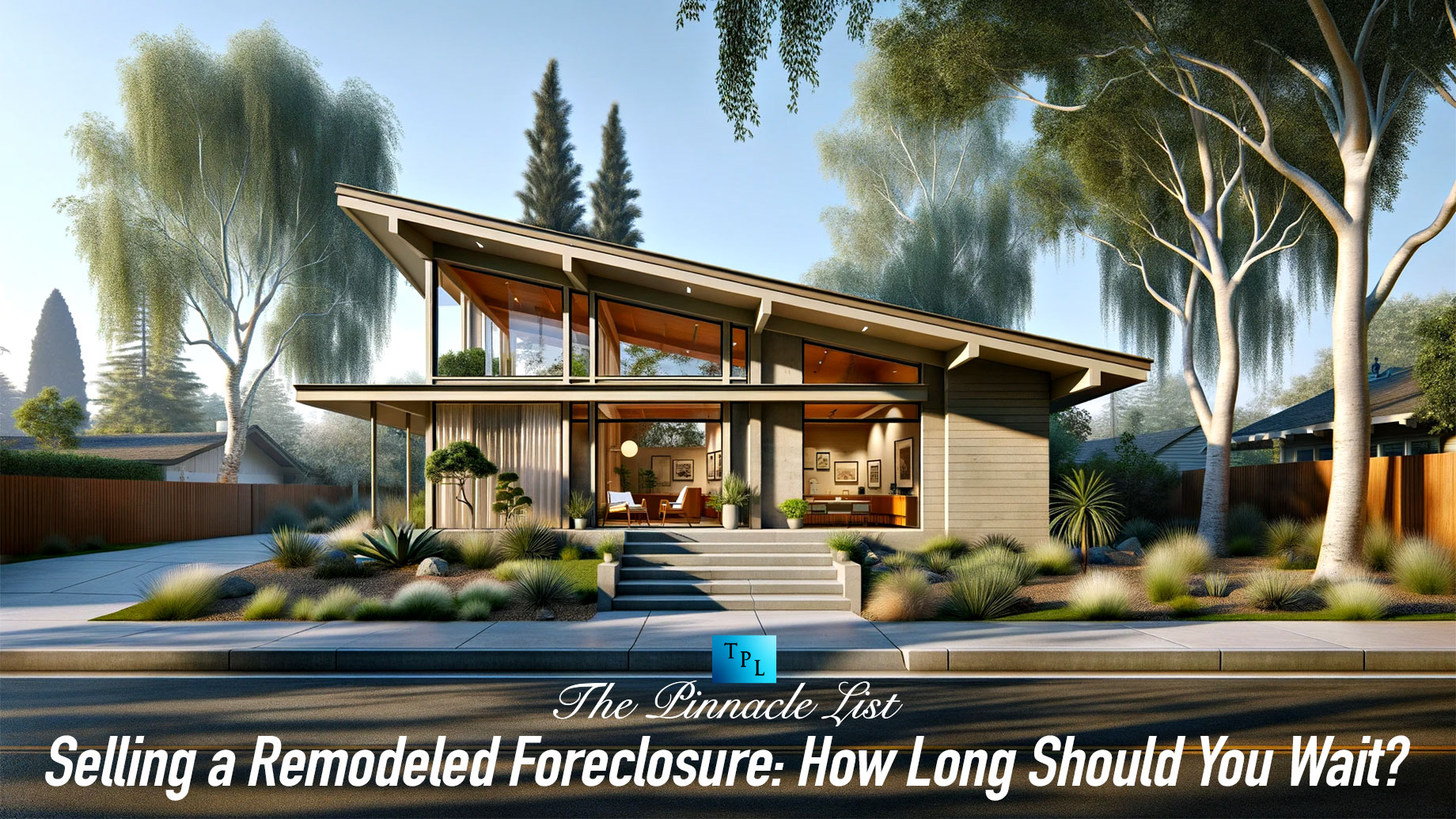
Buying a foreclosure home, renovating it, and selling it for a profit can be a lucrative venture in the real estate market. However, determining the right timing for selling your newly remodeled foreclosure is crucial to maximize your return on investment. In this article, we’ll go over the factors that influence how long you should wait before selling a remodeled foreclosure.
1. Completion of Renovations
The first and most important consideration is the completion of the renovation itself. Ensure that all necessary repairs and improvements have been made, and the property is in excellent condition. This includes addressing any structural issues, updating systems, and enhancing the overall aesthetic appeal.
2. Market Conditions
The state of the real estate market plays a significant role in your decision. Selling a property in a buyer’s market may take longer than in a seller’s market. Research local market conditions, including supply and demand, and consult with a real estate agent to understand the best time to list your property.
3. Comparable Sales (Comps)
Examine recent sales of similar properties in the area, known as comparables or “comps.” These can help you determine the ideal price point for your remodeled foreclosure. It’s crucial to sell when the market supports your desired selling price.
4. Seasonal Factors
Consider the time of year when you plan to sell. Real estate markets can vary by season, with spring and early summer often being prime selling times. However, this can depend on your specific location and local climate.
5. Holding Costs
Assess the holding costs associated with the property, such as property taxes, utilities, insurance, and mortgage payments. The longer you hold the property, the more these expenses can eat into your profits. Weigh these costs against the potential benefits of waiting for the right market conditions.
6. Return on Investment (ROI)
Calculate the potential return on investment for your property. Determine the point at which you achieve the desired ROI, considering the purchase price, renovation costs, and holding expenses. Selling too early may result in a lower return, while waiting too long can reduce your overall profit.
7. Tax Considerations
Consult with a tax professional to understand the tax implications of your sale. Depending on factors like the duration of ownership, you may be eligible for certain tax benefits, such as capital gains tax exemptions.
8. Seasoned Renovations
In some cases, it may be beneficial to wait a bit longer to let the property showcase its renovated state. Well-maintained properties with a track record of successful renovations may attract more buyers and potentially command a higher selling price.
9. Market Trends
Keep an eye on emerging market trends, as they can influence buyer preferences. Features and amenities that are in demand one year may not be the next, so be prepared to adapt to changing market dynamics.
10. Buyer Financing and Preapprovals
Consider the financial preparedness of potential buyers. The quicker buyers can secure financing, the faster the sale can proceed. Preapproved buyers are more likely to close quickly.
In conclusion, the ideal timing for selling a remodeled foreclosure is influenced by various factors, including the completion of renovations, market conditions, comps, seasonal considerations, holding costs, ROI, tax considerations, the property’s condition, market trends, and buyer readiness. To make an informed decision, it’s essential to carefully analyze all these elements and consult with real estate professionals as needed. Selling at the right time can maximize your profit and ensure a successful venture in the real estate market.